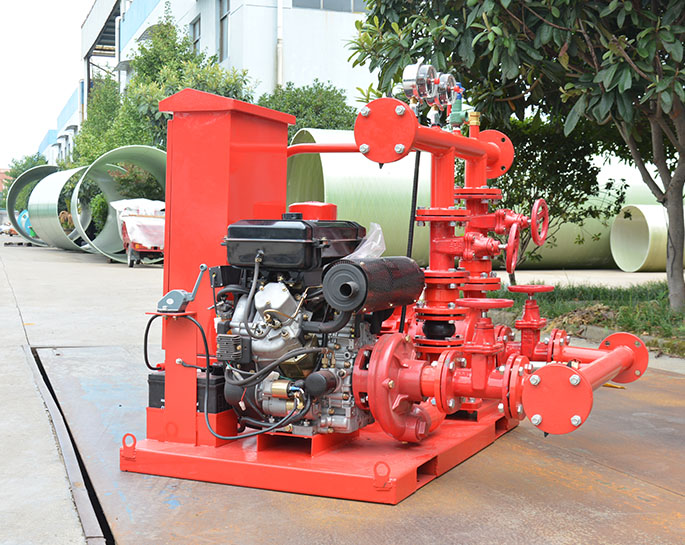Fire pump freezing treatment
Treating a fire pump to prevent freezing is essential to ensure it functions properly during cold weather conditions. Fire pumps are critical for firefighting, and they need to be operational at all times. Here are some steps you can take to prevent a fire pump from freezing:
-
Heating System: Install a heating system in the pump room or enclosure to maintain a temperature above freezing. Electric heaters or steam/hot water systems can be used to provide the necessary heat. Make sure the heating system is designed to handle the specific environmental conditions of your location.
-
Insulation: Properly insulate the pump room or enclosure to retain heat. Insulating the walls, ceiling, and floor can help maintain a consistent temperature and prevent freezing.
-
Thermostats: Install thermostats to monitor the temperature inside the pump room. These thermostats can be connected to the heating system to ensure it turns on when the temperature drops below a certain point.
-
Heat Tracing: Use heat tracing cables or tapes on exposed pipes and valves to prevent freezing. These cables generate heat and can be wrapped around vulnerable components to keep them warm.
-
Heat Lamps: In smaller enclosures or where heat tracing isn't feasible, heat lamps can be used to provide localized heat to critical components.
-
Drainage: Ensure that all pipes and components that could hold water are properly drained when not in use. This includes draining the suction and discharge lines, as well as any strainers or valves.
-
Antifreeze Solution: Consider adding an antifreeze solution to the fire pump system. This can be done in a closed-loop system to prevent freezing. Ensure that the antifreeze used is compatible with the system and approved for fire protection use.
-
Regular Inspection and Maintenance: Perform regular inspections and maintenance of the fire pump and associated systems. This includes checking for leaks, ensuring the heating system is functioning correctly, and replacing any damaged insulation or heating elements.
-
Emergency Backup: Have a backup plan in case the primary heating system fails. This could involve backup heaters, emergency generators, or other methods to maintain warmth in the pump room.
-
Monitoring and Alarms: Install temperature monitoring systems and alarms to alert personnel if the temperature drops to a critical level. This can help prevent freezing-related issues by allowing for timely intervention.
It's important to note that the specific measures you need to take may vary depending on the local climate and the design of your fire pump system. Consult with a fire protection professional or engineer to ensure your fire pump is adequately protected against freezing and complies with local regulations and safety standards.


.png)
.png)

.png)


